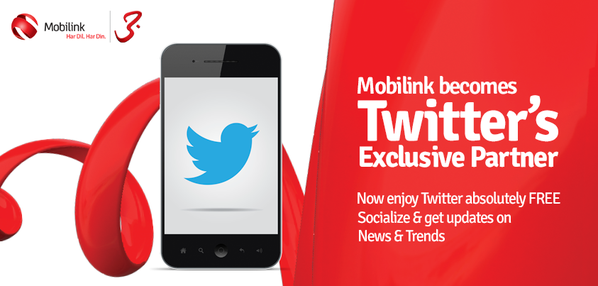
Recently I quoted an
Infonetics Research survey, which states that "
Respondents reported either buying or being likely to buy subscriber intelligence solutions from traditional analytics vendors, though nearly half indicated they were likely to buy from DPI (deep packet inspection) vendors".
It seems that the survey's results are not just forward looking, but is already a reality, with one of the world's leading MNO.
A random review of one of
Allot Communications former employee's profile in LinkedIn, shows that the engineer claims to be a member of the team servicing a
Verizon Wireless subscriber analytics project:
"
Allot’s DPI product SigmaE-14 was installed in 26 Verizon Wireless (VzW) sites for Passive Network Subscriber Analytics. Performed software upgrades and solved issues reported by VzW. Involved in sizing of Allot products to VzW requirements in Southern CA sites. Team member to manage Allot’s Big Data Analytics (see "
Allot Enhances Analytics w/Visibility, Granularity and Self-Service Approach" -
here)
POC to VzW".
Needless to say, this information should be treated as a rumor, as this former employee does not necessarily have accurate information about the project and its size. Allot itself has never identified Verizon as a customer, although rumors about the deal exist since early 2013 following former Allot's CEO, Rami Hadar, statement at 2013 Q1 earning call:
"
The thing we will say is that U.S. Tier 1 mobile operator, the order is mainly around certain Value-Added Services, which, obviously, we will not go into detail. But it is around -- it's not a classical DPI at the moment" (see "
Allot's US Tier1 MNO $9M Order: 'not a classical DPI'"-
here and the press release -
here).
Verizon
Customer's Agreement for its wireless service states, in the "My Privacy" section:
"
We collect personal information about you. We gather some information through our relationship with you, such as information about the quantity, technical configuration, type, destination and amount of your use of our telecommunications services. You can find out how we use, share and protect the information we collect about you in the Verizon Privacy Policy, available at verizon.com/privacy"
The "
Privacy Policy Summary" page states that "
Verizon collects and uses information about our customers and website visitors when you interact with us, when you use our products and services, and when you visit our websites. This information is used to deliver, provide, and repair products or services; establish and maintain customer accounts and billing records; contact you about our products and services and direct offers or promotions to you; monitor website statistics; and manage and protect our networks. Information may also be aggregated or anonymized for business and marketing uses by us or by third parties.
We may also obtain consumer information (such as demographic and interest data) from outside companies who provide such data. We use this data and combine it with other information we have to help us predict customer preferences and direct marketing offers".
 |
| Allot's Subscriber Analytics Reports |
 Accolade Technology announced the "ANIC-100K, an intelligent, low-cost single port 100 GigE NIC for host offload and Deep Packet Inspection.
Accolade Technology announced the "ANIC-100K, an intelligent, low-cost single port 100 GigE NIC for host offload and Deep Packet Inspection. 









































